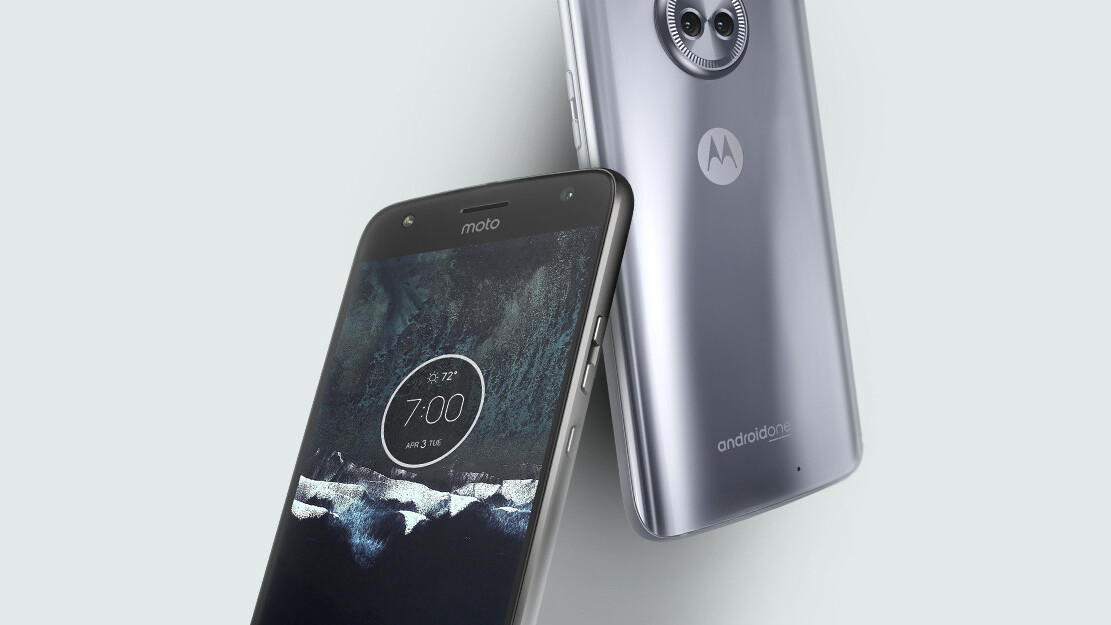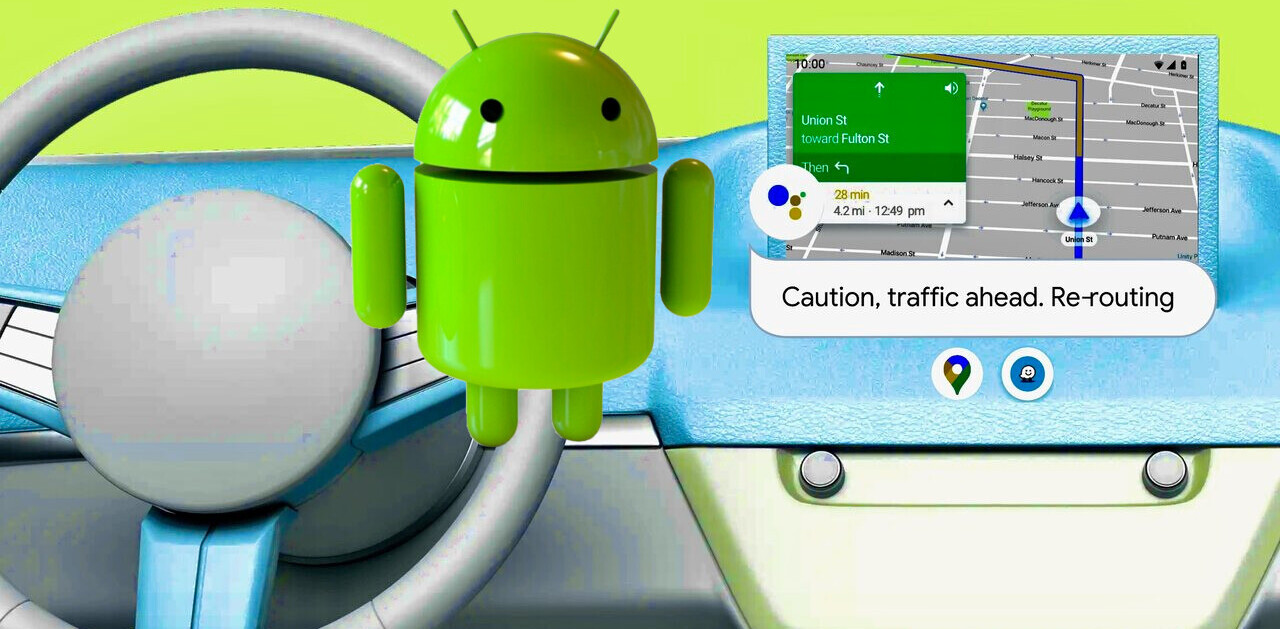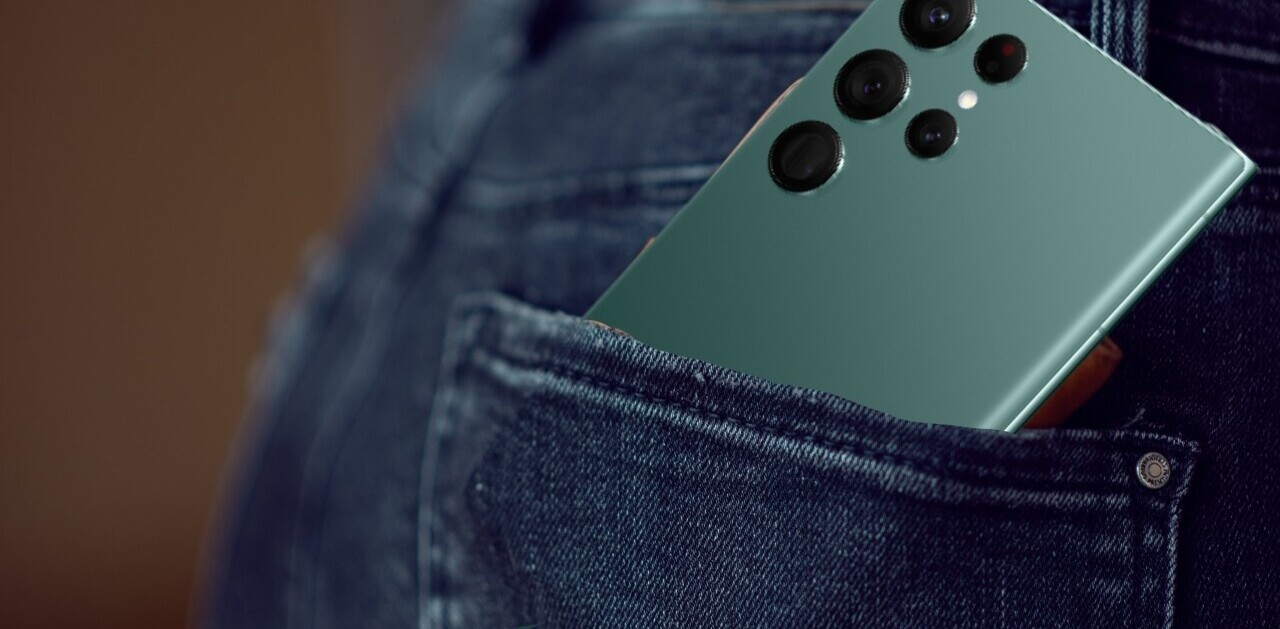
When it first launched in June 2014, Android One was envisioned by Google as a way to bring the mobile platform with its latest updates and features to easily accessible budget phones in developing markets. It’s now branching out to target more countries with a wider range of devices, with the new Moto X4 that’s debuting in the US as an example.
The Moto X4 is the first Android One handset to become available on American soil – we heard that the program was set to launch there, back in January – and it’s designed to work with Google’s Project Fi MVNO network and wireless service. The device itself was unveiled at the IFA expo in Berlin last month with Motorola’s Android customizations and Amazon’s Alexa assistant in tow.

For $400, you’ll get a 5.2-inch water-resistant device with a 1080p display and dual 12-megapixel rear cameras for Portrait Mode-style photos.
It’s powered by a mid-range Snapdragon 630 2.2GHz octa-core chip, paired with an Adreno 508 GPU, 3GB RAM and 32GB of onboard storage. You can add up to 2TB of space (!) with a microSD card. There’s also a 3,000mAh battery that charges via a USB-C port, as well as a headphone jack.
Since it’s an Android One phone, you’ll get a stock Android experience, which means it’ll have the latest version of the OS on board and receive updates quicker than most other devices – but you’ll have to forgo Moto’s software niceties.
The X4 is the second interesting Android One device to come out this year, after Xiaomi’s Mi A1 (which also features dual cameras). What’s notable in this case is its addition to the Project Fi roster, as the network only has a tiny selection of compatible phones on offer at present (there are only Pixels, the Nexus 5x and Nexus 6P to choose from).
It’ll be interesting to see if Google adds more handsets to the lineup for its Wi-Fi-first cellular service in the coming months. For those who can get on board, Project Fi costs $20 a month for unlimited calls and texts, with additional charges of $10 per GB of data that you use. You can pre-order it on this page.
Get the TNW newsletter
Get the most important tech news in your inbox each week.




